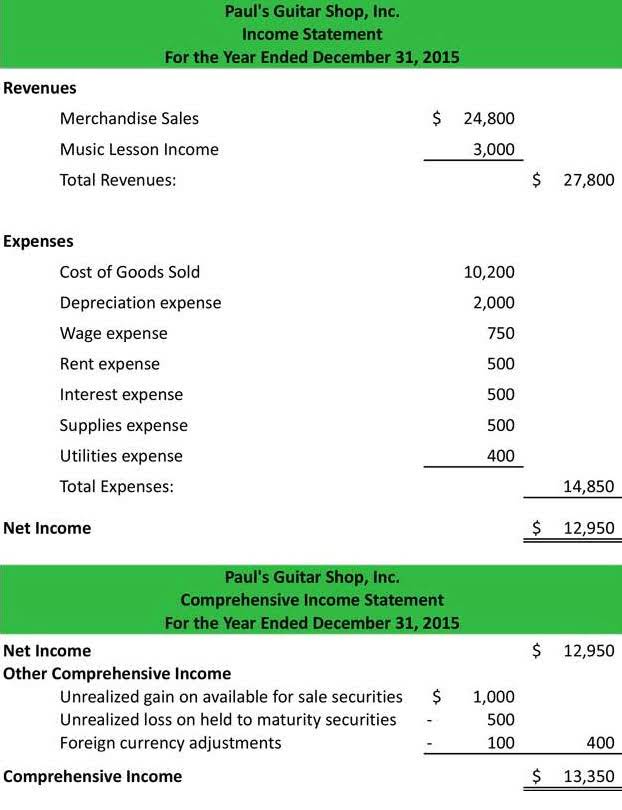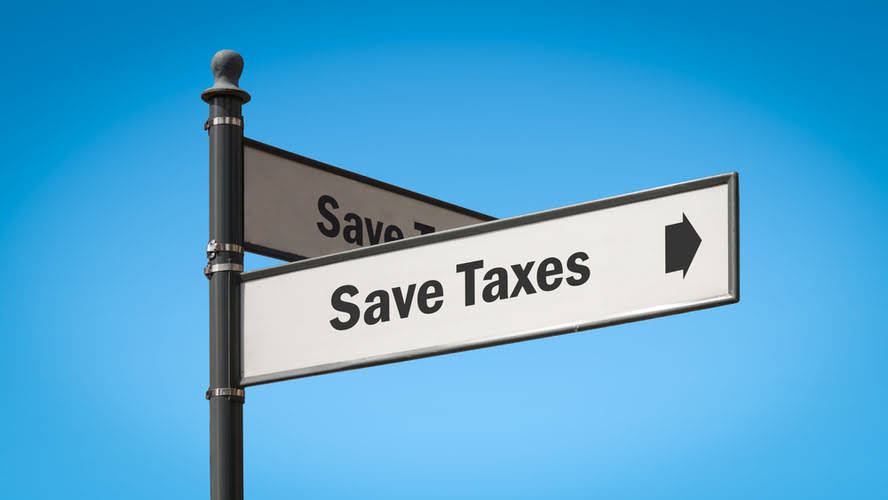Bookkeeping
Weighted Average Shares Outstanding Formula + Calculator

Thus, the “Net Earnings for Common Equity”—which is calculated by deducting the preferred dividend from net income—amounts to $225 million. Since the denominator is greater in the basic EPS, the diluted EPS is always less than the basic EPS from the higher share count. While only the securities that are “in-the-money” were included in the past, the more conservative approach of including all (or most of) the dilutive securities is now common practice. Ultimately, the company’s allocation of its net earnings is a discretionary decision determined by management and the board of directors, with the goal of maximizing shareholder value. Management shares can provide certain advantages for investors, particularly regarding interest alignment, expertise, experience, and stability.
Why Do Investors and Analysts Calculate Diluted EPS?
Investors who are adept at navigating the stock market understand that stock splits can present unique opportunities and challenges. A stock split occurs when a company divides its existing shares into multiple new shares to boost the liquidity of the shares. Although the total value of the shares remains the same, the split can often lead to increased investor interest and a subsequent rise in share price. Anticipating these events requires a keen eye on market trends, company announcements, and historical performance. Investors often employ a variety of strategies to capitalize on the potential benefits of stock splits.
Expenses Will Cause Retained Earnings to Decrease. Here’s Why

Once converted, they will dilute the existing shareholding pattern by reducing the percentage hold before diluting the Convertible stock options. Public companies are mandated to report both basic and diluted numbers of shares. Out of the two basic and diluted EPS, investors will always look at the diluted EPS number. Though diluted, EPS does not reflect the true value as it assumes that all the dilutive securities will get converted, which is not the case most of the time. Companies with big news that affects their number of shares outstanding, such as stock splits, announce the events in press releases that are reported by the business media.
- Typically, a stock split occurs when a company is aiming to reduce the price of its shares.
- The standard calculation for Earnings Per Share is net income divided by shares outstanding.
- Public companies must calculate it for each period presented in their financial statements to determine accurate earnings per share.
- On a fully diluted basis, our company has a total of 180 million shares outstanding.
- If a company considers its stock to be undervalued, it has the option to institute a repurchase program.
- When a company purchases its own stock, it lowers the number of outstanding shares, enhancing earnings per share and the stock price.
Weighted Average Cost Per Share
Shares outstanding are used to determine a company’s market capitalization, i.e. the total value of a company’s equity, or equity value. In the US, public companies are obligated to report their number of shares outstanding as part of the SEC’s filing requirements. The below table shows the weighted averages shares outstanding calculation in a tabular format. On the balance sheet, there is a line item description that states the number of shares outstanding. Once you’ve located the company’s balance sheet, find the line item for preferred stock. Suppose we’re tasked with calculating the earnings per share (EPS) of a company that reported $250 million in net income for fiscal year 2021.
There is a relationship between authorized and outstanding shares, although they represent different characteristics of a company’s stock. The number of outstanding shares can never surpass the maximum number of authorized shares. A company cannot issue further shares without modifying its articles of formation if it reaches its approved share limit. Basic outstanding shares and diluted outstanding shares are two methods for calculating a how to calculate average outstanding shares company’s total number of outstanding shares. By employing these strategies, investors aim to position themselves advantageously ahead of stock splits. The key is to remain informed, agile, and ready to adapt to the ever-changing dynamics of the stock market.
Weighted average shares outstanding refers to the number of shares of a company calculated after adjusting for changes in the share capital over a reporting period. The number of shares of a company outstanding is not constant and may change at various times throughout the year, due to a share buyback, new issues, conversion, etc. Since we now have the beginning and ending number of common shares outstanding, the next step is to calculate the weighted average shares outstanding. A company considers the total amount of shares it has authorized to issue and has issued to shareholders, including both outstanding and https://ld-wp73.template-help.com/imperion/imperion/2022/11/30/large-stock-dividends-and-stock-splits-are-issued/ treasury shares, as issued shares. Companies include authorized but unissued shares that have not yet been offered to investors in the number of issued shares.


With the $50 million in cash, in theory it could instantly repurchase 5 million shares at $10 each. Despite the various advantages mentioned above, there are a few factors from the other end of the spectrum that prove to be a hassle. Let us understand the disadvantages of diluted shares calculation through the points below. Let us understand the concept of diluted shares calculation with the help of a couple of examples.
Stock options will be exercised; restricted stock may vest after executives hit certain targets. Stock might be sold to raise capital; convertible debt might move into, or out of, the money. Assume that Company A has 100 million shares outstanding and a trading price of $10. It also has 10 million stock options outstanding with an exercise price of $5. In other words, the treasury stock method accounts for the cash that will come in from option and warrant exercise, and assumes that the cash received will offset a portion of the shares issued. The reason for that is that most public companies have instruments that provide for shares to be issued in the future.

An additional metric used alongside shares outstanding is a company’s “float,” which refers to the shares available for investors to buy and sell on the open market. Earnings per share means the money you would earn for owning each share of common stock. Beyond investment decisions, EPS gym bookkeeping influences executive compensation tied to stock performance. Companies frequently use EPS growth targets to award stock options or bonuses.
